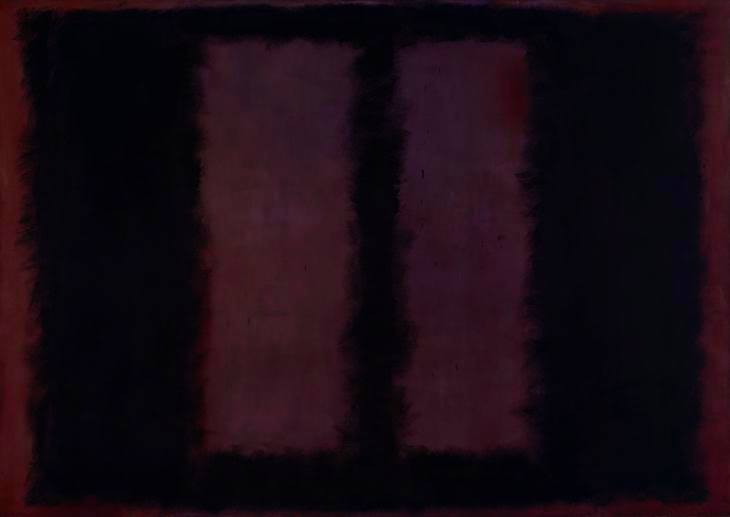Mark Rothko’s Black on Maroon 1958, at the Tate Modern, might not seem to have anything at all to do with cinema. but I would argue that it (and all Rothko’s work) teaches us a lot about colour. How is darkness made visible? How to differentiate two colour darks and make them both harmonise and clash? How can we use this knowledge in film making? And how to immerse your viewer in the moment of the film by the use of colour? Rothko wanted the viewer to be ‘in’ the painting, not standing looking at the painting, so he made the huge fields of color enormous, overwhelming. And you can feel this strongly in the Tate’s Rothko room.

